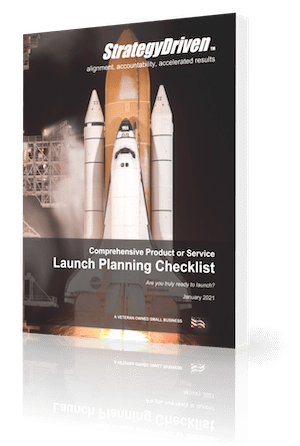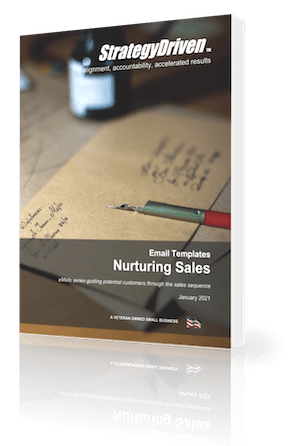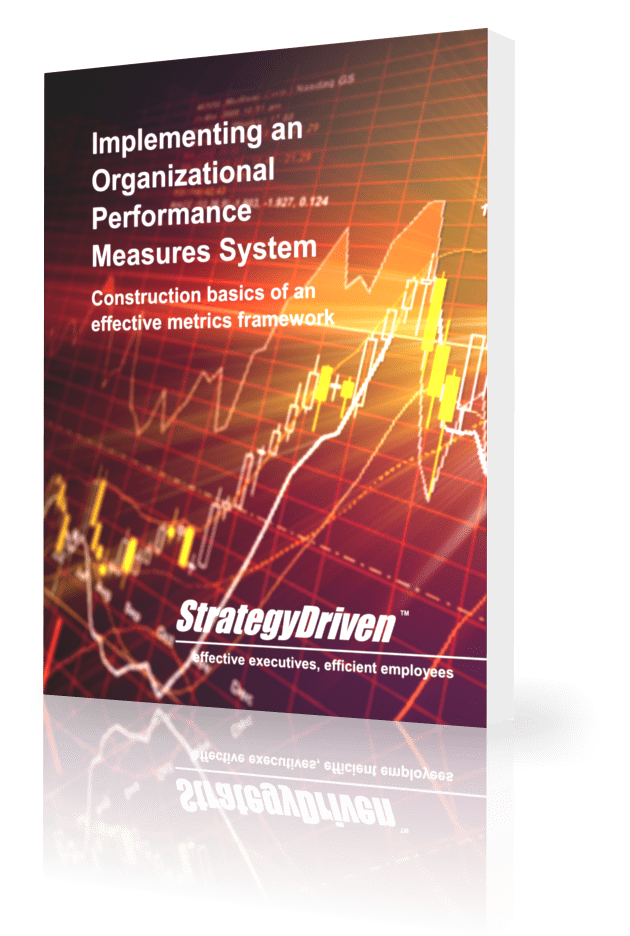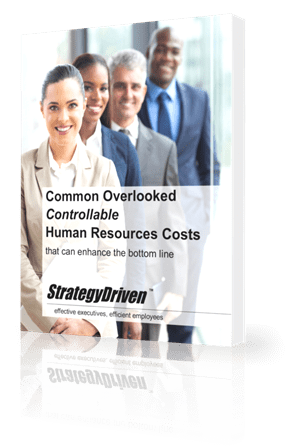Find Out if Your Message Attracts or Detracts
You are broadcasting messages every day, both verbal and non-verbal, and they tell others what you and your company think of yourself and the world. If you are not aware of the messages you are sending, others are and one’s perception has impact on your strategy’s bottom line.
Your company culture is vital to attracting, retaining, developing and advancing talent. So how do you discover what it is you are “saying?” A little self-examination should start with knowing what your beliefs, attitudes and biases are about yourself and others.
This quiz will help you explore behaviors based on what you believe (consciously or unconsciously), how you show up and recognize some views and behaviors that hamper success. Select the most correct answer for you.
Hi there! This article is available for free. Login or register for the StrategyDriven Insights Library – Sample Subscription.
Click here to register for the StrategyDriven Insights Library - Sample Subscription... It's FREE!
About the Author

and the owner of Denver, CO-based Rosalie Chamberlain Consulting & Coaching. A thirty-five year organizational culture and eighteen year coaching veteran, she specializes in maximizing talent and productivity within organizations.












Leave a Reply
Want to join the discussion?Feel free to contribute!